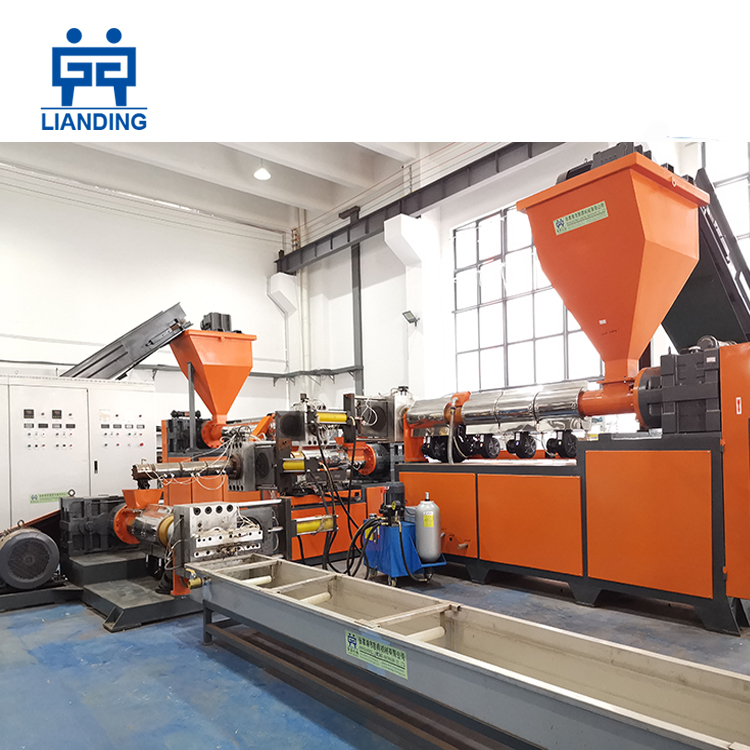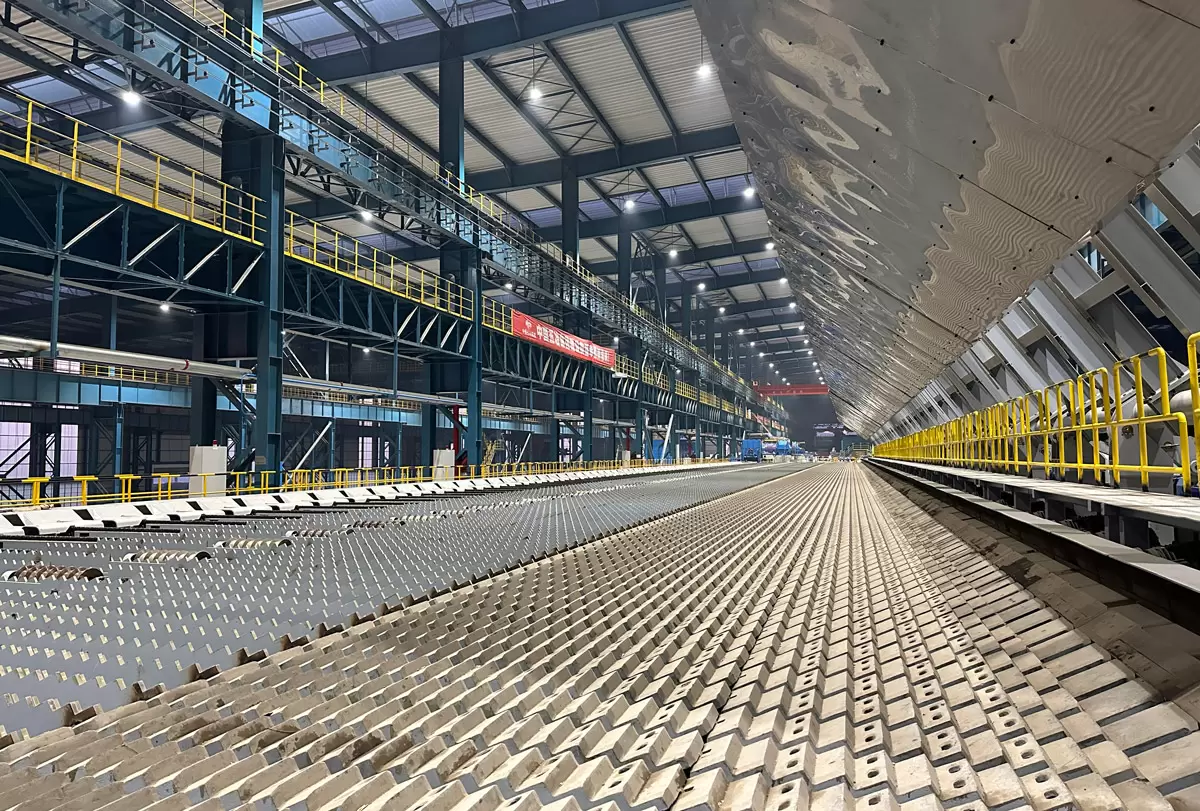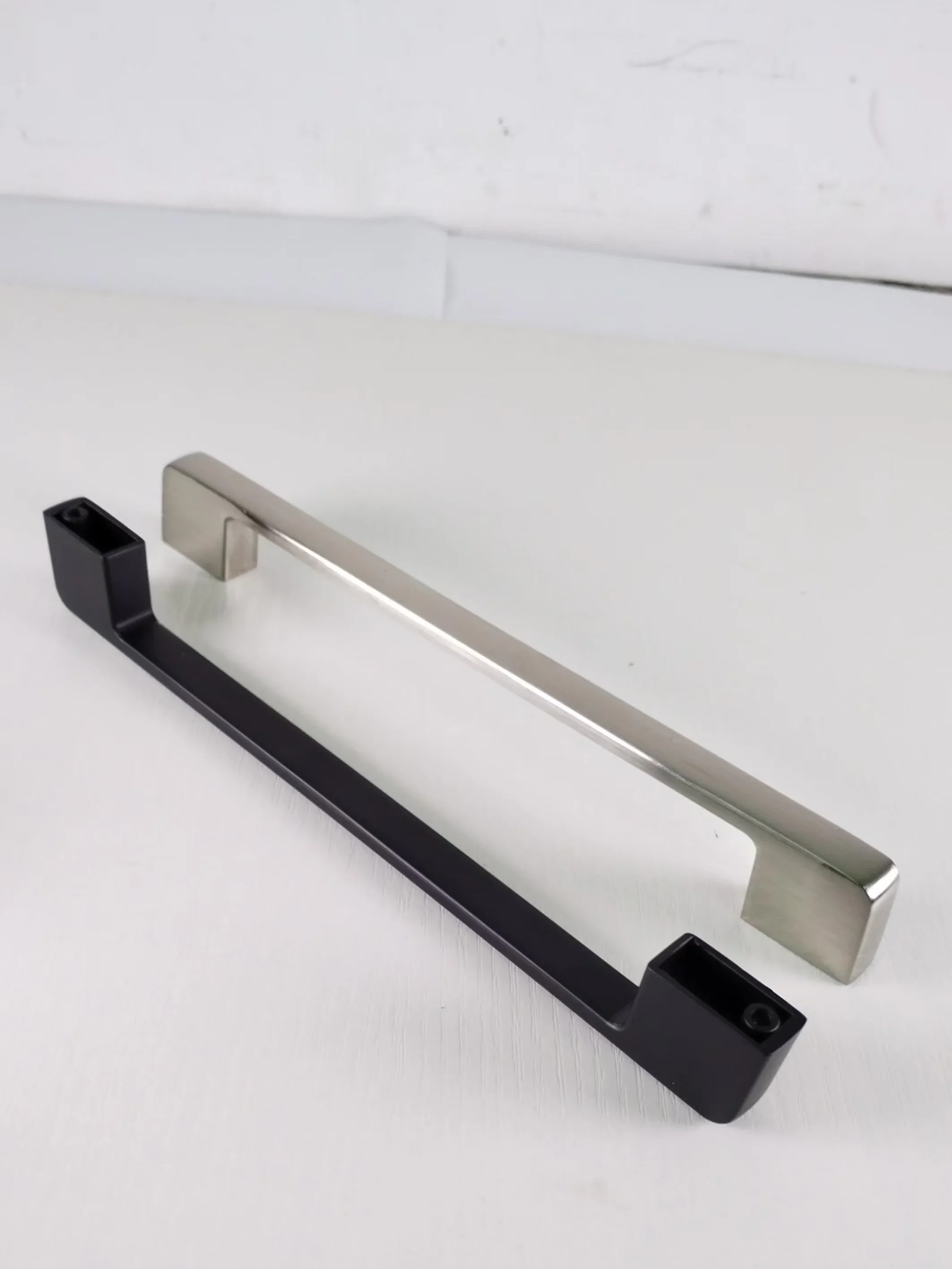Introduction to Plastic Recycling
Welcome to the world of plastic recycling, where innovation and sustainability collide! In today's blog post, we're diving deep into the revolutionary technology that is transforming the way we recycle plastics – the plastic pelletizer machine. If you've ever wondered how those discarded plastic bottles or containers magically turn into new products, then keep reading because this cutting-edge equipment holds all the answers.
Plastic waste has become a global environmental concern, with millions of tons ending up in landfills or polluting our oceans each year. But fear not! The need for better recycling methods has sparked a wave of advancements aimed at tackling this issue head-on. And at the forefront of this revolution is none other than the incredible plastic pelletizer machine.
So get ready to embark on an exciting journey through this innovative machinery as we uncover its benefits, discuss its impact on improving recycled plastics' quality and sustainability, and guide you on choosing the right one for your specific needs. Together, let's pave the way towards a greener future with these game-changing plastic pelletizers!
The Need for Better Plastic Recycling Methods
Plastic is an incredibly versatile and widely used material in our modern society. From packaging to construction, it's hard to imagine a world without plastic. However, this convenience comes with a heavy environmental cost.
Plastic waste has become a global crisis, with millions of tons ending up in landfills or polluting our oceans each year. The need for better plastic recycling methods has never been more urgent. Traditional recycling processes often produce lower-quality plastics that have limited applications and are less economically viable.
To address this challenge, innovative technologies like the plastic pelletizer machine have emerged as game-changers in the field of plastic recycling. These machines revolutionize the process by converting plastic waste into high-quality pellets that can be used as raw material for new products.
By using a pelletizer machine, we can significantly improve the efficiency and effectiveness of plastic recycling. It helps to break down different types of plastics into uniform-sized particles, making them easier to handle and process further. This not only enhances the quality but also increases their market value.
Moreover, these machines offer several benefits such as reduced energy consumption and minimal emissions during the manufacturing process compared to traditional methods. They also allow for greater control over the size and shape of the pellets produced, ensuring consistent quality output.
With better plastic recycling methods like using pelletizer machines, we can contribute towards creating a more sustainable future. By diverting plastic waste from landfills and reducing our dependence on virgin materials, we can conserve valuable resources while minimizing pollution and carbon emissions associated with new production.
In addition to its environmental advantages, adopting improved recycling techniques also presents economic opportunities. As demand grows for recycled plastics across various industries including packaging, automotive, and consumer goods sectors; businesses investing in advanced machinery like pelletizers stand to gain both financially and environmentally.
As consumers become increasingly conscious about sustainability issues surrounding plastics use; companies that embrace better recycling practices will have a competitive edge by offering greener alternatives while meeting growing demand.

What is a Plastic Pelletizer Machine?
Plastic waste is a growing concern worldwide, with millions of tons ending up in landfills or polluting our oceans each year. To address this issue, innovative recycling methods are needed to transform plastic waste into valuable resources. One such method that has revolutionized the plastic recycling industry is the plastic pelletizer machine.
So what exactly is a plastic pelletizer machine? In simple terms, it is a piece of equipment designed to convert various forms of plastic waste into small pellets or granules. These pellets can then be used as raw materials for manufacturing new products.
The process begins by feeding plastic scraps or shredded materials into the pelletizer machine. Inside the machine, these plastics are heated and melted down until they form a molten mass. The molten material is then forced through a die plate where it gets cut into cylindrical shapes and cooled rapidly to solidify them as pellets.
One key advantage of using a pelletizer machine is its versatility. It can handle different types of plastics, including polyethylene (PE), polypropylene (PP), polystyrene (PS), and more. This makes it an ideal solution for recycling various forms of plastic waste such as bottles, containers, packaging materials, and even industrial scrap.
Additionally, utilizing a pelletizer machine offers several benefits in terms of efficiency and cost-effectiveness. By converting bulky plastics into compact pellets, transportation becomes easier and less expensive since more material can be packed in each shipment. Moreover, these pellets have standardized sizes which enable uniform melting during manufacturing processes.
Furthermore, using recycled plastic pellets instead of virgin materials helps reduce reliance on fossil fuels and conserves energy resources required to produce new plastics from scratch. Additionally,the use of recycled plastics helps decrease greenhouse gas emissions associated with traditional manufacturing processes.
Moreover,pelletizing machines play an important role in improving the quality and sustainability aspects related to recycled plastics.
Lianding
recycleplas@163.com



More Stories
Kangchi Fastener Manufacturing Unveils Comprehensive Guide on Threaded Rod Specifications and Durability
Crucibles vs. Traditional Containers: Selecting the Best Material for Your High-Temperature Needs
What Is a 78 Connector? Specifications, Applications, and Key Benefits